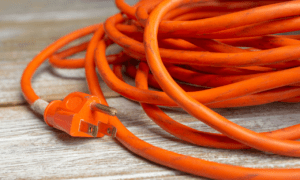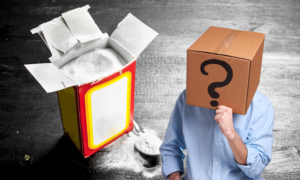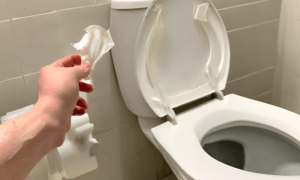How to Dispose of Acetone: Understanding the Basics
Importance of Proper Acetone Disposal Proper disposal of acetone is crucial for several reasons. Firstly, acetone is a highly flammable substance, posing significant risks if not handled correctly. Secondly, improper disposal can lead to environmental pollution, harming ecosystems and wildlife. Lastly, acetone can be harmful to human health if inhaled or ingested, emphasizing the need for safe disposal methods.
Environmental and Safety Concerns Acetone is a volatile organic compound (VOC) that can contribute to air and water pollution if it is not disposed of properly. When acetone evaporates, it releases harmful fumes into the air, contributing to smog formation and air quality degradation. Additionally, if acetone is poured down drains or into waterways, it can contaminate groundwater and surface water, posing risks to aquatic life and human health.
Legal Regulations and Guidelines Various local, state, and federal regulations govern the disposal of hazardous substances like acetone. It’s essential to know about these regulations to ensure compliance and avoid potential fines or penalties. Additionally, organizations such as the Environmental Protection Agency (EPA) provide guidelines and resources for proper hazardous waste disposal, including acetone.
Step-by-Step Guide: How to Dispose of Acetone Correctly
When it comes to safely disposing of acetone, especially from activities like removing nail polish or cleaning coins, it’s crucial to handle it with care. Small amounts can be safely put into a garbage bag, but larger quantities should be taken to a hazardous waste facility. Avoid pouring acetone down the drain or toilet, as it can be harmful to the environment. Always wear gloves when handling acetone, and consider using cotton balls to absorb and contain the liquid before disposal. Remember, proper disposal is essential to prevent environmental contamination and protect public health.
Large-Scale Disposal Methods Handling large amounts of acetone requires more specialized disposal methods. Companies and industries that generate significant amounts of acetone waste must adhere to strict regulations governing its disposal. This may involve contracting with licensed hazardous waste disposal companies or utilizing on-site disposal systems, such as distillation units or chemical treatment processes.
Disposal of Acetone Containers Proper disposal of containers that previously held acetone is just as important as disposing of the acetone itself. Containers should be thoroughly rinsed to remove any residual acetone before being recycled or disposed of, according to local regulations. Additionally, containers that hold large quantities of acetone may need to be treated as hazardous waste and disposed of accordingly.

Environmentally-Friendly Solutions: Eco-Conscious Acetone Disposal Methods
Recycling Options for Acetone One eco-friendly option for acetone disposal is recycling. Acetone can be recovered and reused through distillation processes, reducing the need for virgin acetone production and minimizing waste. Many industrial facilities have systems in place to recycle acetone and other solvents, contributing to resource conservation and pollution prevention.
Alternative Uses for Acetone Waste Another environmentally-friendly approach is finding alternative uses for acetone waste. For example, acetone can be used as a solvent in certain manufacturing processes or as a cleaning agent for industrial equipment. By repurposing acetone waste in this way, companies can reduce their environmental footprint and cut costs associated with hazardous waste material.
Biodegradable Acetone Alternatives In recent years, there has been growing interest in developing biodegradable alternatives to traditional acetone. These eco-friendly solvents break down more readily in the environment, reducing the long-term impact of acetone waste. While biodegradable acetone alternatives may currently be less common or more expensive than conventional acetone, ongoing research and development efforts aim to improve their availability and affordability.
Safety Measures and Precautions: Protecting Yourself and the Environment
Personal Protective Equipment (PPE) When handling acetone, it’s essential to wear appropriate personal protective equipment (PPE) to minimize exposure and reduce the risk of accidents. This may include gloves, goggles, and a respirator to protect against the inhalation of acetone vapors. Additionally, working in a well-ventilated area can help prevent the buildup of acetone fumes.
Spill Response and Cleanup Procedures Despite taking precautions, spills and accidents involving acetone may still occur. It’s essential to have a spill response plan in place and to be familiar with proper cleanup procedures. This may involve containing the spill, absorbing the acetone with appropriate materials, and properly disposing of contaminated materials according to regulations.
Storage and Handling Guidelines Proper storage and handling of acetone are critical to minimizing risks and ensuring safety. Acetone should be stored in tightly sealed containers away from heat sources, sparks, or open flames to reduce the risk of fire or explosion. Additionally, incompatible materials should be stored separately to prevent reactions or contamination.
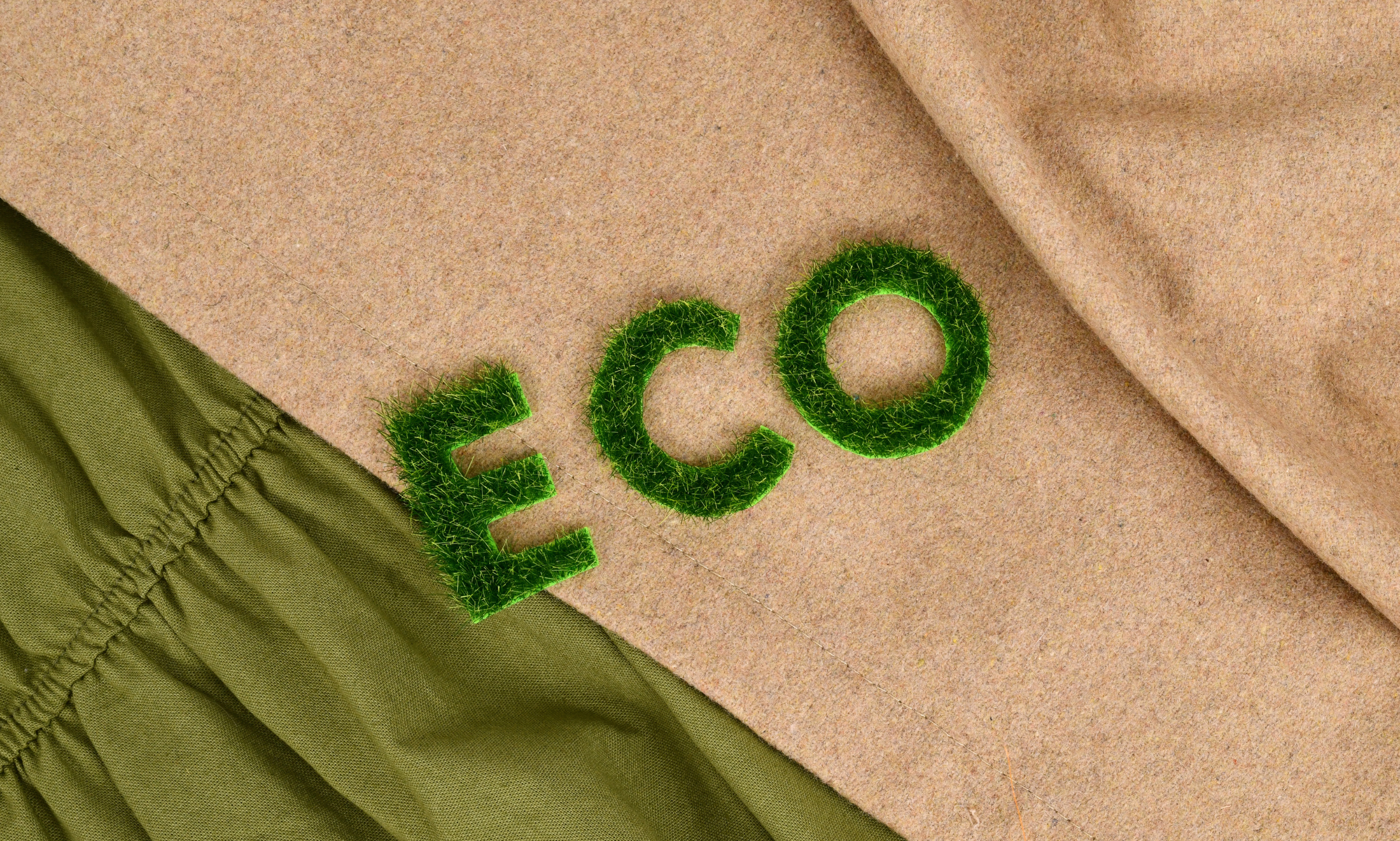
The Environmental Impact of Acetone: Understanding the Consequences
Air Pollution from Acetone Evaporation When acetone evaporates into the air, it contributes to air pollution by releasing volatile organic compounds (VOCs). These VOCs can react with other pollutants to form smog, which can have detrimental effects on human health and the environment.
Water Contamination Risks Improper disposal of acetone can lead to water contamination, posing risks to aquatic ecosystems and human health. Acetone can leach into groundwater or surface water, affecting drinking water sources and aquatic habitats. Contaminated water can also harm wildlife and disrupt ecosystems.
Effects on Human Health Exposure to acetone vapors or liquids can have adverse effects on human health. Acute exposure may cause irritation of the eyes, nose, and throat, as well as headaches, dizziness, and nausea. Chronic exposure to acetone may lead to more serious health problems, including liver and kidney damage, respiratory issues, and neurological disorders.
Acetone Disposal Best Practices: Tips for Safe and Responsible Handling
Minimize Waste Generation One of the most effective ways to reduce the environmental impact of acetone disposal is to minimize waste generation in the first place. Avoid purchasing more acetone than necessary and store it properly to prevent spills or evaporation.
Educate and Train Employees Proper training and education are essential for ensuring that employees understand the risks associated with acetone and know how to handle it safely. Provide comprehensive training on proper storage, handling, and disposal procedures, as well as emergency response protocols.
Regular Inspections and Maintenance Regular inspections of storage areas, equipment, and containers can help identify potential hazards or leaks before they escalate into more significant problems. Implement a maintenance schedule to ensure that equipment is functioning correctly and that storage containers are in good condition.
Emerging Trends in Acetone Disposal: Innovations and Technologies
Advances in Waste-to-Energy Conversion Waste-to-energy conversion technologies offer promising solutions for converting acetone waste into usable energy. Processes such as incineration or gasification can generate heat or electricity from acetone waste, reducing the need for fossil fuels and mitigating environmental impacts.
Bioremediation Techniques Bioremediation involves using microorganisms to break down and neutralize hazardous substances like acetone. Bioremediation techniques can be applied to soil or water contaminated with acetone, helping to restore ecosystems and reduce environmental pollution.
Circular Economy Initiatives Circular economy initiatives aim to minimize waste and maximize resource efficiency by promoting reuse, recycling, and repurposing of materials like acetone. By closing the loop on acetone production and disposal, circular economy models can reduce environmental impacts and create economic opportunities.
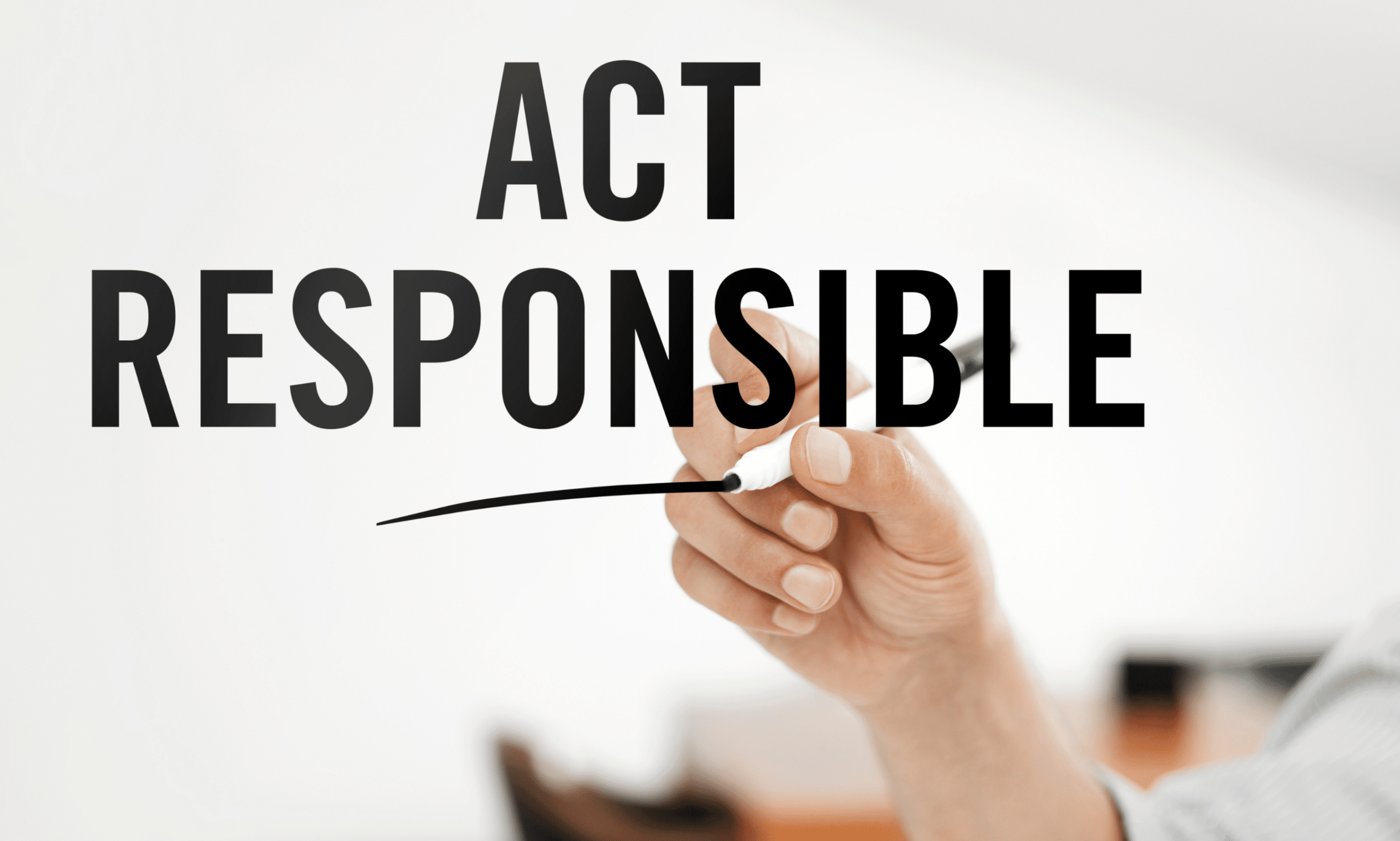
Conclusion: Taking Action for Responsible Acetone Disposal
The Importance of Responsible Acetone Disposal Proper disposal of acetone is essential for protecting human health, safeguarding the environment, and ensuring regulatory compliance. By following safe and responsible disposal practices, individuals and organizations can minimize the risks associated with acetone and contribute to a cleaner, healthier planet.
Commitment to Sustainability As awareness of environmental issues continues to grow, there is increasing pressure on businesses and industries to adopt sustainable practices, including proper acetone disposal. By prioritizing sustainability and investing in eco-friendly solutions, companies can demonstrate their commitment to environmental stewardship and corporate responsibility.
Empowering Individuals to Make a Difference Every individual has a role to play in responsible acetone disposal. By educating themselves about the risks associated with acetone and adopting safe handling and disposal practices, DIY enthusiasts can minimize their environmental footprint and contribute to a more sustainable future for generations to come.
FAQs: Answering Common Questions About Acetone Disposal
Can I pour acetone down the drain?
No, pouring acetone down the drain is not recommended, as it can contaminate water sources and harm the environment. Instead, use alternative disposal methods, such as solidification or recycling.
Can I dispose of acetone in the trash?
Disposing of acetone in the trash is not advisable, especially for large quantities. Acetone is considered hazardous waste and should be handled and disposed of according to local regulations.
Where can I find hazardous waste disposal facilities?
Many municipalities offer hazardous waste collection programs or designated drop-off locations for hazardous materials like acetone. Check with your local government or environmental agencies for information on disposal options in your area.
What is an acetone nail polish remover?
Acetone nail polish remover is a solvent used to dissolve and remove nail polish from fingernails and toenails.









